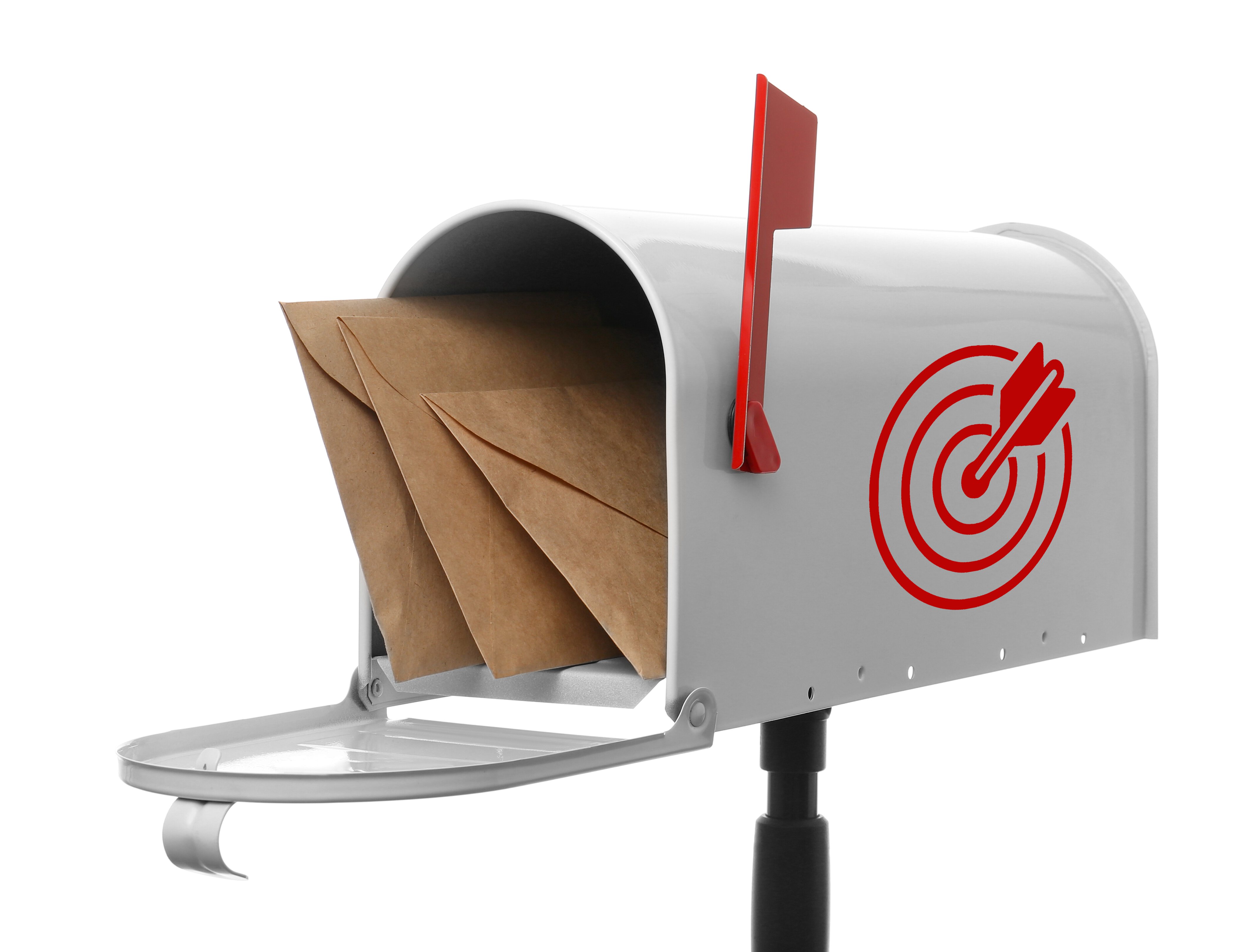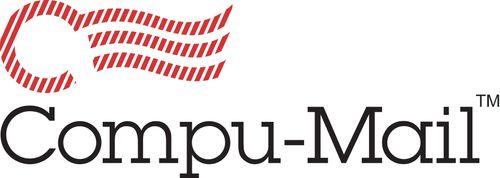Choosing between EDDM (Every Door Direct Mail), targeted, or saturation mailing depends on your specific marketing goals, budget, and target audience. EDDM is ideal for reaching a broad local audience without needing addresses, while targeted mailing allows you to tailor your message to specific demographics or locations. Saturation mailing covers an entire neighborhood or ZIP code, regardless of demographics. Consider factors like budget, desired reach, and the level of personalization needed to determine the best approach for your campaign. Analyzing each method with your objectives will help you make an informed decision
What is Saturation Mailing?
.jpg)
Saturation mailing is based on the “carrier route” which is the area serviced by a single postal carrier. It allows your businesses to purchase a saturation mailing list so that the mail will be addressed to a specific postal area.
A Saturation mailing List, commonly known as an occupant List allows you to reach all households in a given geography at a lower postage rate than a Targeted List. The reason for the lower postage price is that you’re reaching every household in a given carrier route, translating to less work for the Post Office. But while preparing a saturation mailing list remember that there are several rules for saturation mailing rates as defined by USPS saturation mailing requirements. To qualify for saturation mailing postage rates, a mailing must be in walk sequence and sent to at least 75% of all addresses in a carrier route or 90% of the residential addresses in the specific postal route.
The post office saturation mailing list is provided by the USPS at a nominal fee. The cost of a saturation mail list depends on a number of factors. This is also the most notable difference between saturation and EDDM.
Benefits of Saturation Mailing
- Consistent: Walk sequencing enables USPS to deliver saturation direct marketing mail to the target audience efficiently as the delivery person walks or drives the exact same route for delivery.
- Reach Capability: Saturation mails reach most people in a geographic area as it always includes the majority of the postal addresses from a specific carrier route.
- Better Response Rates: Every mail piece has got “current resident” written on it, and follows a walk sequence with the lowest postage rates thereof the most affordable way to increase ROI.
- Cost-Effective: Saturation mail lists use a specific carrier route to target customers instead of zip codes, meaning with the help of using saturation lists, you can get the USPS saturation bulk mailing rates for direct mail.
What is Targeted Mailing?
Targeted mailing allows businesses to focus their efforts on reaching individuals who are most likely to be interested in their products or services. By analyzing data such as age, income, location, purchasing behavior, or past interactions with the brand, businesses can create personalized and relevant messages that resonate with their target audience. Targeted mailing is effective for maximizing the impact of marketing campaigns, improving response rates, and ultimately, driving sales and customer engagement. It allows businesses to deliver the right message to the right people at the right time, increasing the likelihood of a positive response and a strong return on investment.
USPS Saturation Mail Vs. EDDM

EDDM mailing empowers marketers to target customers based on income, home value, and age demographics. The result is a much higher probability that people who’d be interested in your offer will receive your mailing. Such a formula is likely to result in more leads, and ultimately more sales.
With saturation mail, you can use an appended name on the address label — which adds a level of personalization to each postcard. This generates a better response by making the postcard appear more relevant to the recipient.
Saturation Mailing Vs. Targeted Mailing
There are two main approaches to developing a list for an effective acquisition campaign. The first is Saturation, which is essentially blanketing your message to everyone in a given area. Your list cost and postage rates are lower with this option. The second is Targeted, in which you refine the list by selected criteria and send to those specific individuals. With targeted your list includes names along with the addresses, and you will still qualify for many postal discounts depending on your volume and the makeup of the list.

EDDM Vs. Saturation Vs. Targeted Mailing: Which is Right For You?
At CompuMail, we leverage all kinds of direct mailings: EDDM, Saturation, and Targeted mailing. In case you end up choosing the incorrect postage mailing, it can hurt your postcard’s campaign performance while increasing your costs of customer acquisition. Here are a few things to consider to help you understand some of the major distinctions between EDDM, saturation, and targeted mailings.
Physical Location
Choose Saturation if… Your call to action is centered around a specific location, such as a retail store. You can select specific areas by zip code, for instance, or a radius around your location. Use it to boost brand recognition, increase walk-in traffic, and promote local offers.
Choose Targeted if… Your product or service is internet-based or otherwise not restricted by physical proximity. The exception here would be if you want to test a broad campaign in a specific market or locality.
Customer Profile
Choose Saturation if… Your product or service has broad appeal to any demographic. A good example would be pizza delivery.
Choose Targeted if… Your product or service has a specific audience, like people with kids or pets, or if it appeals primarily to a certain demographic, whose qualifiers may include things like household income, age, or gender. A good way to define this is to draw insights from your existing customer data. (Our data team can help with this.)
EDDM and saturation mailing can certainly improve your target direct mail ROI if your business is appealing to the majority of the receiving people, but there are scenarios where targeted mailing will be more beneficial for your direct mailing’s ROI.
For example, if your business is a daycare launching an EDDM. It would be most beneficial to create a target mailing list of recipients that have children and earn incomes that can afford daycare. If you choose an EDDM and only 35% of the recipients have children and earn an income that can afford childcare, 65% of the bulk mail services would be sent to people that do not need your services.
Message & Offer
Choose Saturation if… Your sales message and benefits appeal to just about anyone. Your offer is straightforward and likely discount focused.
Choose Targeted if… Your point of difference only speaks to a specific audience. Your unique benefits align closely with your ideal customer persona. (For instance, all your effort is most likely wasted if you mail a piece promoting travel getaways for singles to married couples with children.) Your offer appeals to the recipient because of its benefits, not just a discount. Having the prospect’s name adds value because you can use it to personalize your offer.
Dollars & Cents
Choose Saturation if… Your business aligns with many of these statements:
- Your average sale amount is relatively low.
- Your revenue is primarily driven by volume.
- You want to reach a large number of people for a low price per piece.
- Your business is transactional vs. relationship focused.
Choose Targeted if… More of these statements align with your business:
- Your average sale and potential customer lifetime value is high.
- Your revenue is driven by building relationships with the right people.
- You’re more focused on cost per acquisition than cost per piece because reaching the right people means a higher chance of response.
Direct Mail Vs. EDDM
Here’s a comparison of Direct Mail and EDDM (Every Door Direct Mail):
Feature |
Direct Mail |
EDDM |
| Targeting | Targeted audience based on demographics, interests, or past purchases | Broad audience based on geographic location |
| Addressing | Requires a mailing list with individual recipient addresses | No need for recipient addresses; mail is delivered to every household or business within selected areas |
| Customization | Highly customizable with personalized messaging and design | Limited customization options due to standardized mail pieces |
| Cost | Typically higher costs due to individual addressing and customization | Lower cost per piece, but total cost may vary depending on the size of the mailing area |
| Delivery Time | Generally, longer lead times due to individual addressing and customization | Shorter lead times as mail is delivered directly to postal routes for distribution |
| Postal Requirements | Requires postage stamps or bulk mail permits | Requires postage payment and specific EDDM USPS indicia for delivery |
Start Developing Your Direct Mail Campaign With Compu-Mail Today!
We’ll choose the right type of postage, whether it’s USPS Saturation Mailing, Every Door Direct Mailing, or Targeted Mailing. We can also help you track the performance of and monitor response rates by tracking phone calls, lead forms, web visitors, and text messages sent to your business. Your competitors are likely already seeing results from target direct mail data campaigns, so reach out to Compu-Mail today to learn more about starting one of your own!
FAQs
Q. When should you use Saturation Mailing?
A: You should use saturation mailing if you are running a business that appeal to the masses. It’s a great fit for restaurants, lawn service, pest control services, dry cleaners etc., as these are the services that almost everyone can align with and respond to.
Q. How to get lowest postage rates with Saturation Mailing?
A: Follow the 90/75 rule to qualify for the lowest postage rate on a saturation mailing, meaning you must mail to 90% of all residential addresses or 75% of all business and residential addresses within each carrier route.
Q. How Can You Get Started with Saturation Mailing?
A: For someone who knows how to navigate the standard process of a USPS mailing campaign can get started with Saturation Mailing on their own. The three simple things you need to do are:
- Define a Location
- Run a List Count
- Get Started
If you are unable to understand which USPS mailing service is the right fit for your brand, connect with us. Our Compu-Mail team is backed by over 40 years of expertise and experience to support you from the initial design concept to the final finished product. In addition, we have developed a strong partnership with the United States Postal Service to ensure that your business mailings capitalize on various discounts and are delivered in a timely and efficient manner to minimize your investment to maximize your opportunities.
Q: What are saturation lists?
A: Saturation lists contain every household or business address within a specific geographic area, enabling businesses to target a broad audience without demographic or address criteria. They are used in saturation mailing campaigns to ensure comprehensive coverage and maximum reach within a defined location.
Q: What does EDDM mean?
A: EDDM stands for Every Door Direct Mail, a marketing service provided by the United States Postal Service (USPS). It allows businesses to target specific geographic areas for their direct mail campaigns, reaching every mailbox along selected routes or neighborhoods without the need for specific addresses.
Q: What is direct mail marketing?
A: Direct mail targeting involves tailoring marketing materials to specific demographics or characteristics of the audience, such as age, income, location, or past purchasing behavior. This approach allows businesses to personalize messages and reach individuals who are most likely to be interested in their products or services.





